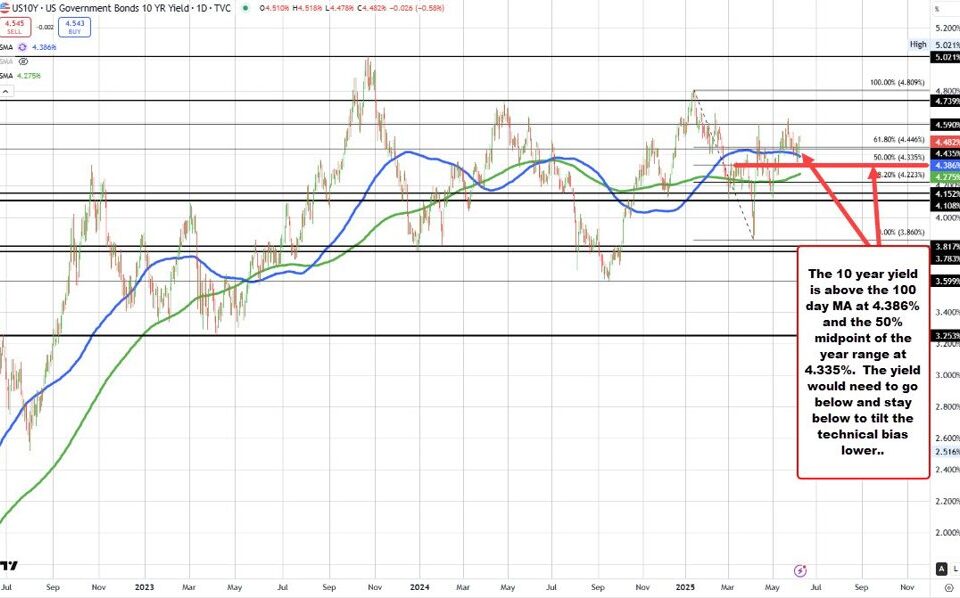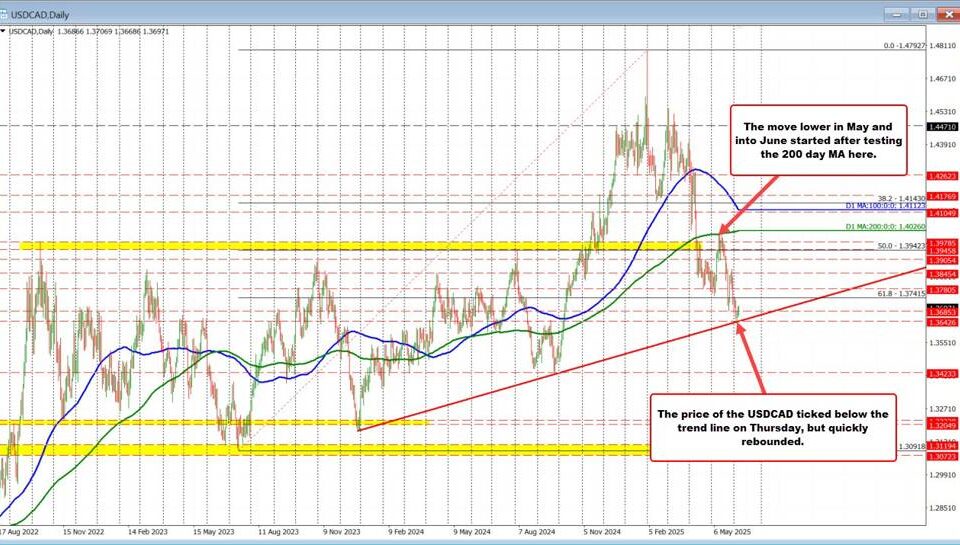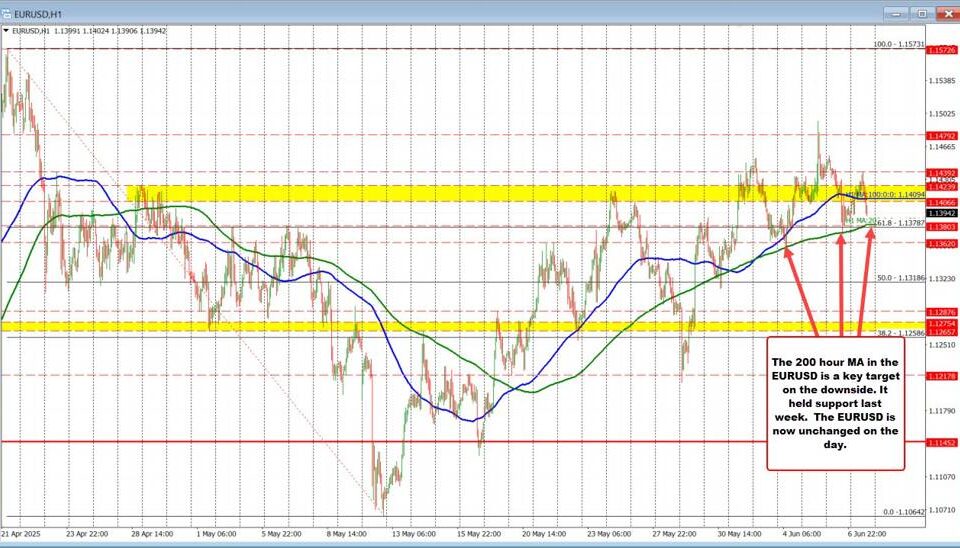
Austria’s Freedom Party Triumphs in 2025 Vienna Election: A Political Turning Point
Tháng 4 28, 2025
Navigating the USDCAD Exchange Rate: Key Trends and Future Insights
Tháng 4 28, 2025Dow Futures Analysis: Navigating Market Trends Amid Trade Uncertainty
As of April 28, 2025, the financial landscape in the U.S. is reflecting caution as Dow futures are witnessing a slight decline of approximately 0.1%. This downturn is representative of a broader sense of unease that permeates the U.S. markets, primarily driven by ongoing trade uncertainties juxtaposed against the competitive peak of the earnings season. The implications of these market fluctuations stretch beyond mere numbers, representing investor sentiments and potential shifts in economic conditions.
Understanding the Current Market Dynamics
The current decline in Dow futures is emblematic of investors taking a cautious stance. This hesitance is not isolated; it mirrors a landscape where global economic factors are exerting influence. The contrast is stark when we look at European markets, which are experiencing a brighter outlook. The Stoxx Europe 600, a comprehensive index representing European equities, has noted a rise of 0.4%, bolstered by significant gains in notable stocks, such as Banca Generali and Mycronic. The European market’s resilience can provide critical lessons on investor confidence and market behaviors in times of uncertainty.
A Broader Economic Picture: Commodities and Futures
In conjunction with the movements in equities, commodity prices are also signaling shifts in market sentiment. Both Brent and WTI crude oil prices recorded slight increases, suggesting a potential tightening in supply dynamics or a recovery in global demand. Meanwhile, natural gas futures have similarly experienced an uptick, hinting at possible seasonal shifts or localized demands that may influence future pricing trends.
As investors analyze Dow futures alongside commodity prices, a multi-faceted economic picture emerges. These commodities often serve as indicators of broader economic health, allowing market participants to gauge the impact of geopolitical tensions and global trade dynamics on energy supplies and costs. Additionally, understanding the implications of these trade tensions is essential, as highlighted in China’s strategic moves in light of U.S.-China trade tensions, which emphasize the interconnectedness of global markets.
Technical Analysis and Future Projections
For those delving into the technical aspects of Dow futures, various indicators may reveal crucial support and resistance levels that traders will be closely monitoring. Understanding these technical indicators is vital for making informed trading decisions, as they can highlight potential price reversals or emerging trends. However, performing a thorough technical analysis often requires embracing more intricate methodologies, including the study of market charts and various indicators. Moreover, recognizing common pitfalls in investment strategies can support better decision-making. For instance, reviewing key investment mistakes to avoid for long-term financial success can aid investors in navigating the complexities of current market dynamics.
Incorporating insights from resources such as Forexlive can provide additional layers of analysis, helping investors stay informed about the intricacies of Dow futures performance and potential future movements. An awareness of these trends and technical evaluations can equip investors with the knowledge necessary to navigate the evolving financial landscape successfully.
In conclusion, while the current decline of Dow futures reflects caution amidst trade uncertainties, the overall market dynamics—including European market gains and commodity fluctuations—paint a complex picture of the financial environment. To navigate these waters more effectively, investors can benefit from understanding the enduring relevance of value investing, which emphasizes a focused approach to identifying undervalued opportunities. Armed with this knowledge, investors can better position themselves as they anticipate and respond to future market developments.




